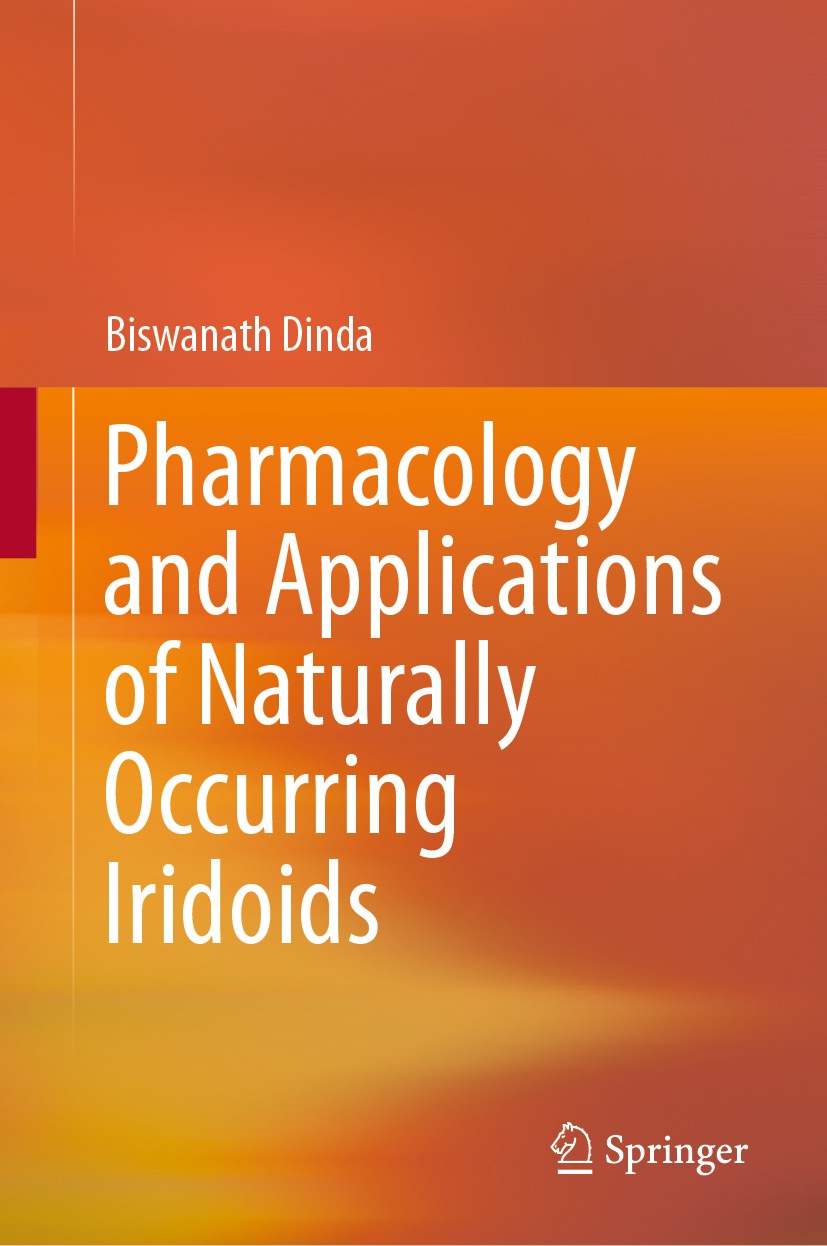| 书目名称 | Pharmacology and Applications of Naturally Occurring Iridoids | | 编辑 | Biswanath Dinda | | 视频video | http://file.papertrans.cn/746/745619/745619.mp4 | | 概述 | Examines the chemistry and distribution of iridoids in plants and insects.Analyses the biosynthesis of iridoids.Elucidates the pharmacology of iridoids and their application in medicine and agricultur | | 图书封面 |  | | 描述 | In this book, the author provides expert analysis on naturally occurring iridoids, their chemistry and their distribution in plants and insects. Particular attention is given to the pharmacology of iridoids and their prospective applications in pharmaceutical and agricultural industries. .Iridoids are found in a wide variety of plants and some insects, and they are structurally derived from monoterpenoid natural products. In the first two chapters of this book, the author describes the iridoids classification, occurrence and distribution in plants and insects. The following chapters cover different chromatographic and spectroscopic techniques that can be used to identify and quantify iridoids in herbal formulations, and also the biosynthesis of iridoids, in which the reader will discover a metabolomics and transcriptomics analysis to identify the genes involved in the biosynthesis. The final chapters provide insights on several pharmacological activities of iridoids, their physiological role in insects, pharmacokinetics in mammals, insects and microorganisms, and their applications in medicine and agriculture. ..This book will engage students and researchers interested in the chemi | | 出版日期 | Book 2019 | | 关键词 | Plant Iridoids; Chemistry of Iridoids; Pharmacology of Iridoids; Iridoids occurrence in Insects; Iridoid | | 版次 | 1 | | doi | https://doi.org/10.1007/978-3-030-05575-2 | | isbn_ebook | 978-3-030-05575-2 | | copyright | Springer Nature Switzerland AG 2019 |
The information of publication is updating

|
|
 |Archiver|手机版|小黑屋|
派博传思国际
( 京公网安备110108008328)
GMT+8, 2025-12-16 20:04
|Archiver|手机版|小黑屋|
派博传思国际
( 京公网安备110108008328)
GMT+8, 2025-12-16 20:04


